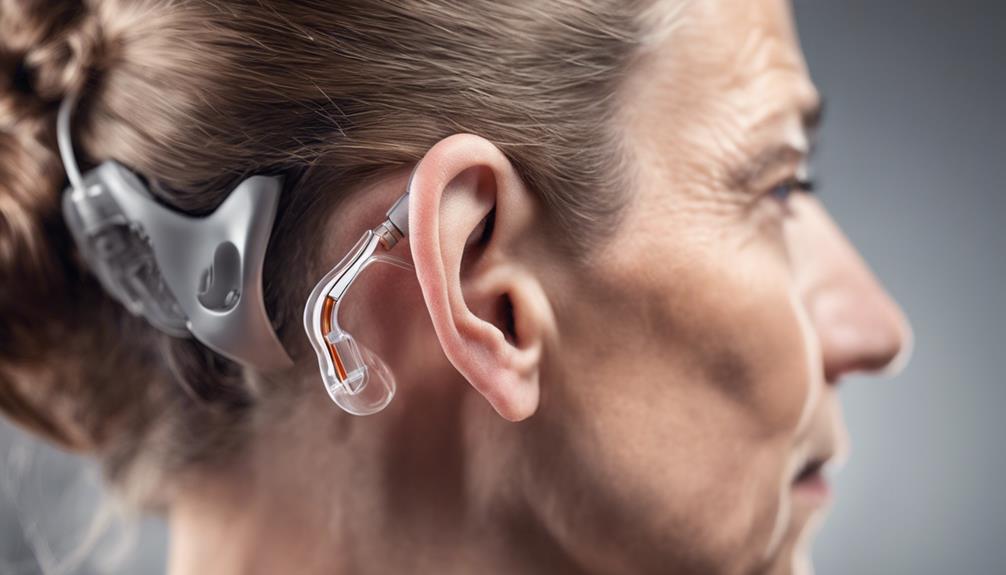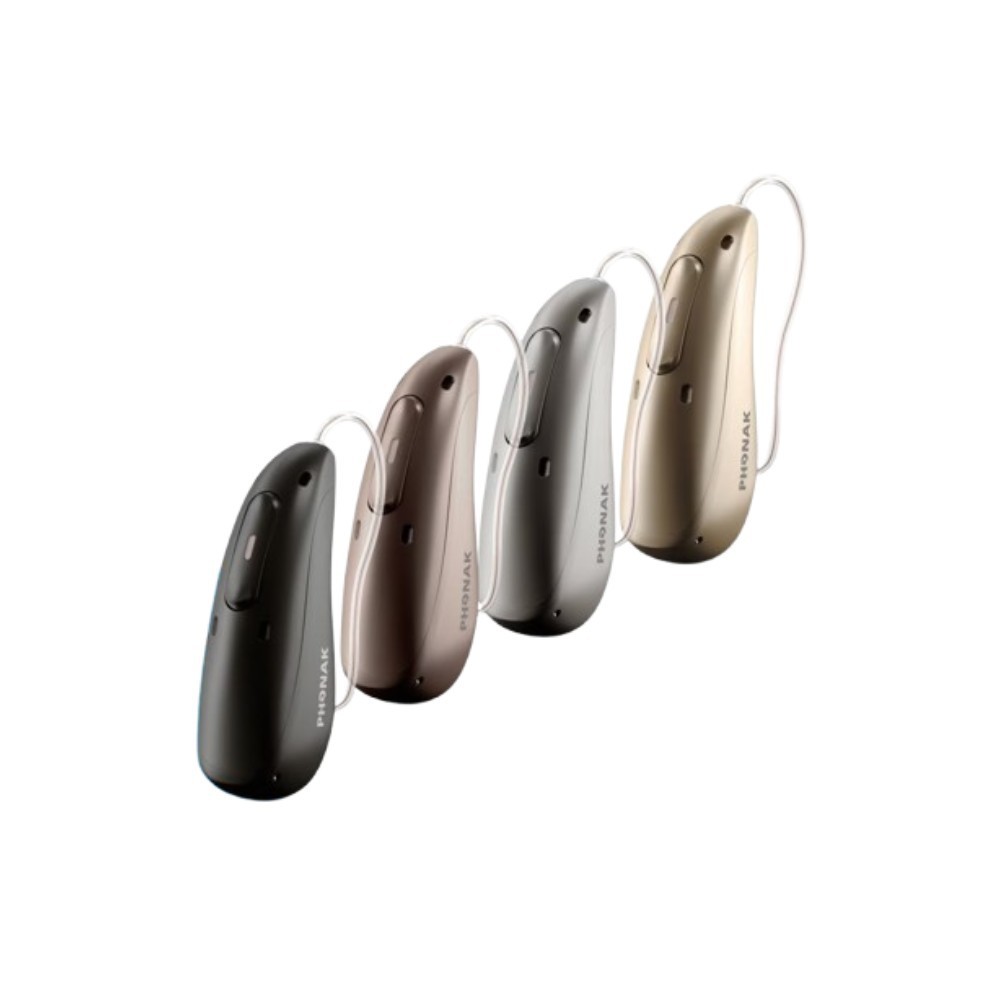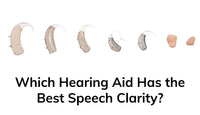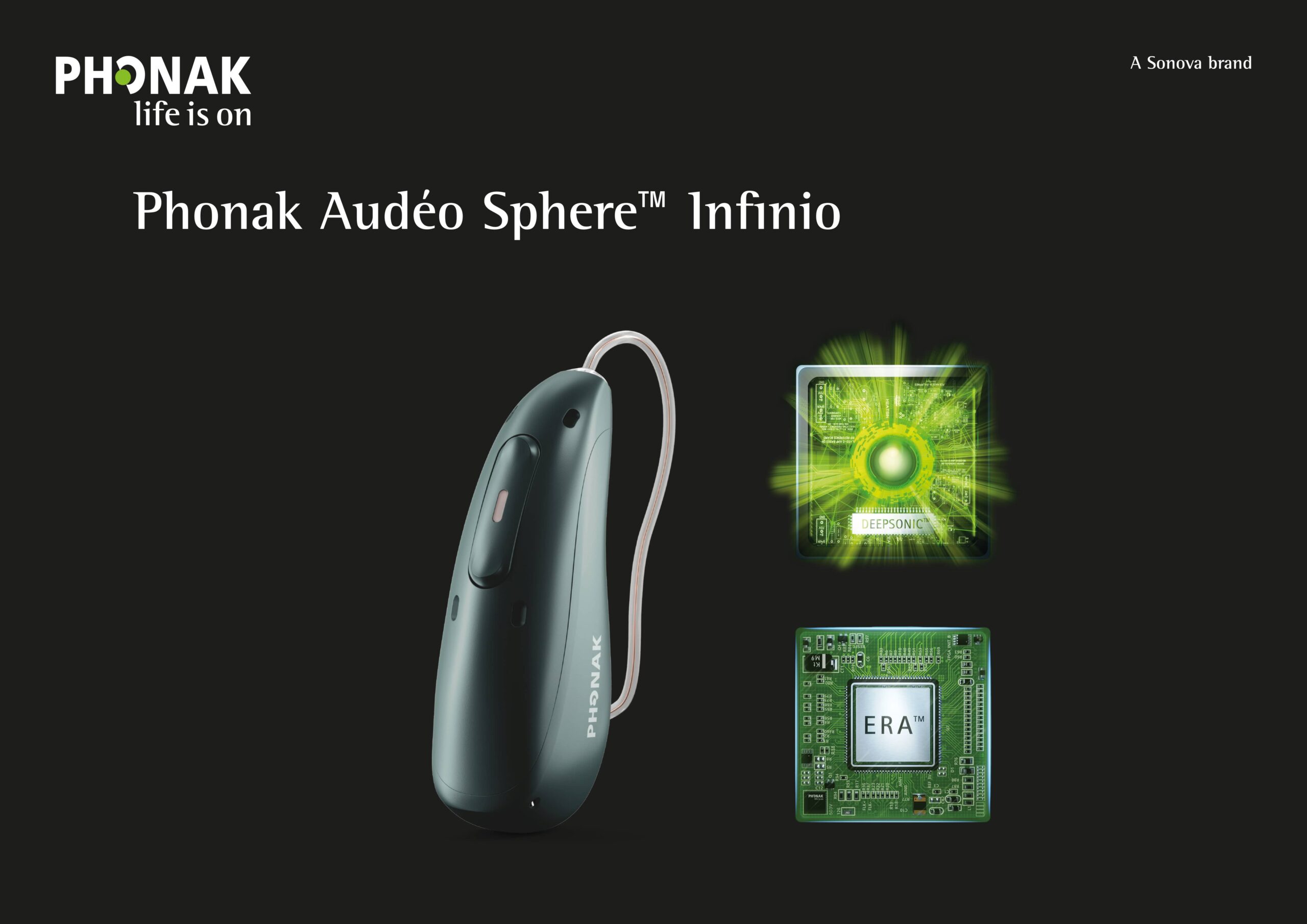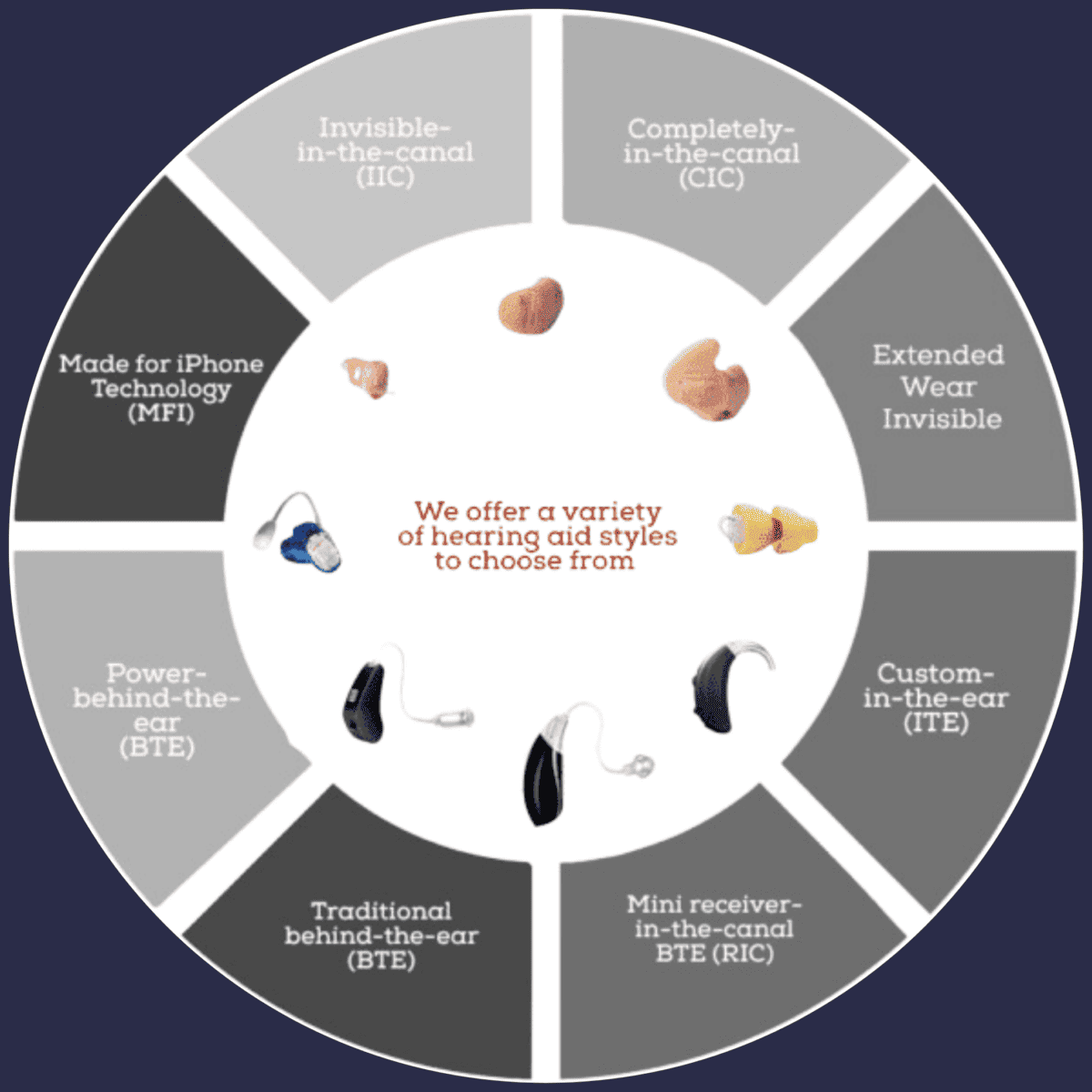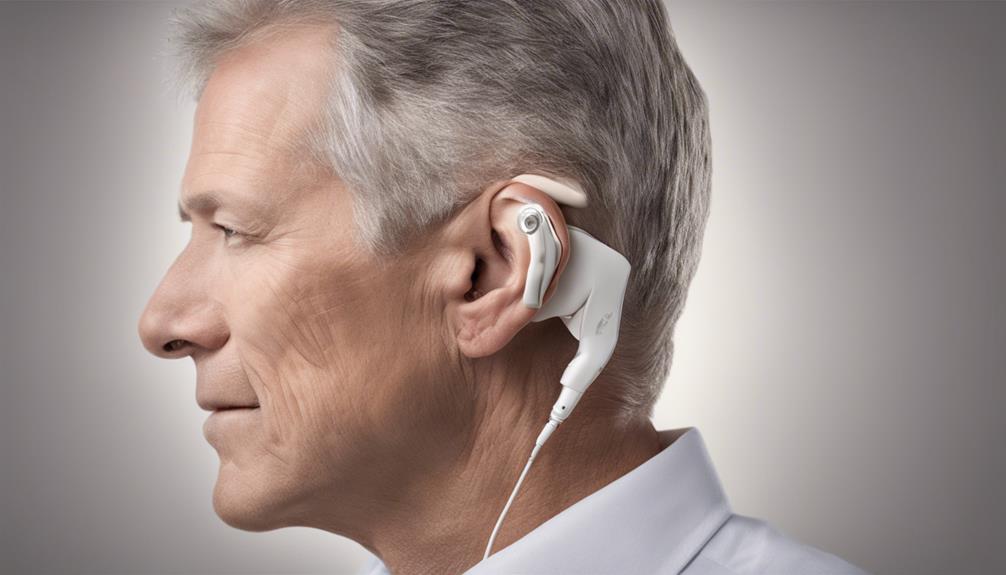Which Hearing Aid Is Best For Clarity Of Speech

Struggling to understand conversations? The quest for crystal-clear hearing ends here: New research spotlights specific hearing aid features drastically improving speech clarity.
This article cuts through the marketing noise to deliver actionable information about the hearing aids and technologies proven to enhance speech understanding, empowering you to make informed decisions. We focus on verified data and expert recommendations, steering clear of hype and speculation.
Understanding the Core Challenge: Speech Clarity
Hearing loss often distorts sound, making it difficult to differentiate speech from background noise. This isn't just about volume; it's about auditory processing.
The best hearing aids prioritize features that sharpen speech signals and suppress distracting sounds. These features directly impact how well you can understand conversations in challenging environments.
Key Technologies Enhancing Speech Clarity
Directional Microphones:
Directional microphones focus on sounds coming from directly in front of you while minimizing sounds from the sides and behind. This is crucial in noisy environments like restaurants.
Research consistently demonstrates the effectiveness of directional microphones in improving speech understanding. Studies published in the Journal of the American Academy of Audiology highlight significant improvements in speech recognition scores with directional microphone technology.
Noise Reduction Algorithms:
Advanced noise reduction algorithms identify and suppress background noise, making speech easier to hear. Different manufacturers employ varying algorithms with different levels of effectiveness.
Look for hearing aids with adaptive noise reduction, meaning they automatically adjust the level of noise reduction based on the environment. The effectiveness of these algorithms is often proprietary information, but reputable audiologists can provide comparative insights.
Frequency Lowering:
High-frequency hearing loss is common, affecting the ability to hear sounds like "s," "th," and "f." Frequency lowering technology shifts these high-frequency sounds to lower frequencies where hearing is better.
This technology doesn't restore hearing at those higher frequencies but makes those sounds audible. Some find it beneficial, while others don't notice a significant difference. Consulting with an audiologist is crucial to determine its suitability.
Open-Fit vs. Closed-Fit Hearing Aids:
The fit of the hearing aid also impacts speech clarity. Open-fit hearing aids leave the ear canal more open, reducing the "occlusion effect" (a feeling of fullness or echoing).
Closed-fit hearing aids block the ear canal more, potentially improving sound quality for some but increasing the occlusion effect. The best fit depends on the individual's hearing loss and ear anatomy.
Top Contenders: Brands and Models
Identifying the "best" hearing aid is subjective and depends on individual needs and preferences. However, several brands consistently receive high marks for speech clarity features.
Phonak, Oticon, Signia, and Widex are frequently cited by audiologists as offering models with advanced directional microphones, noise reduction, and frequency lowering capabilities. Specific models like Phonak Audéo Paradise and Oticon More often feature in discussions about optimal speech clarity.
The Role of the Audiologist: A Critical Step
Choosing a hearing aid is not a DIY project. A qualified audiologist is crucial for proper fitting, programming, and counseling.
Audiologists conduct comprehensive hearing tests to determine the type and severity of hearing loss. They then recommend hearing aids based on individual needs, lifestyle, and budget, programming them for optimal performance.
A real-ear measurement (REM) is an essential part of the fitting process. This verifies that the hearing aid is delivering the correct amplification at different frequencies, ensuring speech clarity.
Beyond Technology: Communication Strategies
Even with the best hearing aids, communication strategies are essential. These include facing the speaker, minimizing background noise, and asking for clarification when needed.
Active listening and assertive communication can significantly improve understanding in challenging listening situations. Support groups and audiology clinics often offer training in these strategies.
Next Steps: Taking Action
If you are experiencing difficulty understanding speech, schedule a hearing test with a qualified audiologist. Discuss your specific needs and preferences to find the best solution for you.
Stay informed about advancements in hearing aid technology. Consult reputable sources like the Hearing Loss Association of America (HLAA) and the American Academy of Audiology (AAA) for the latest information.
The journey to clearer hearing is personal. With the right technology, professional guidance, and communication strategies, you can regain the ability to fully participate in conversations and enjoy life to the fullest.



